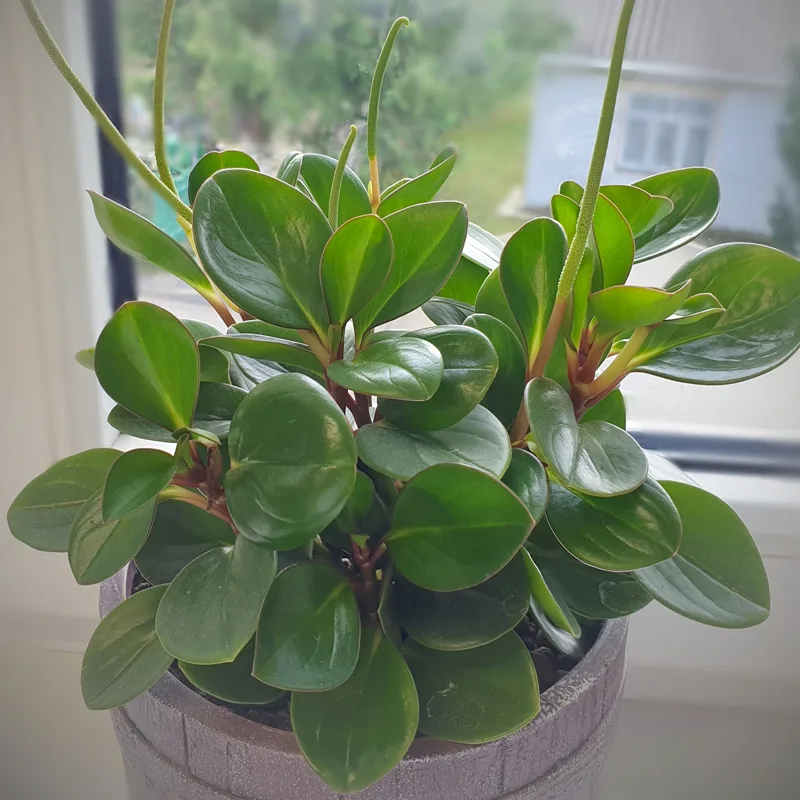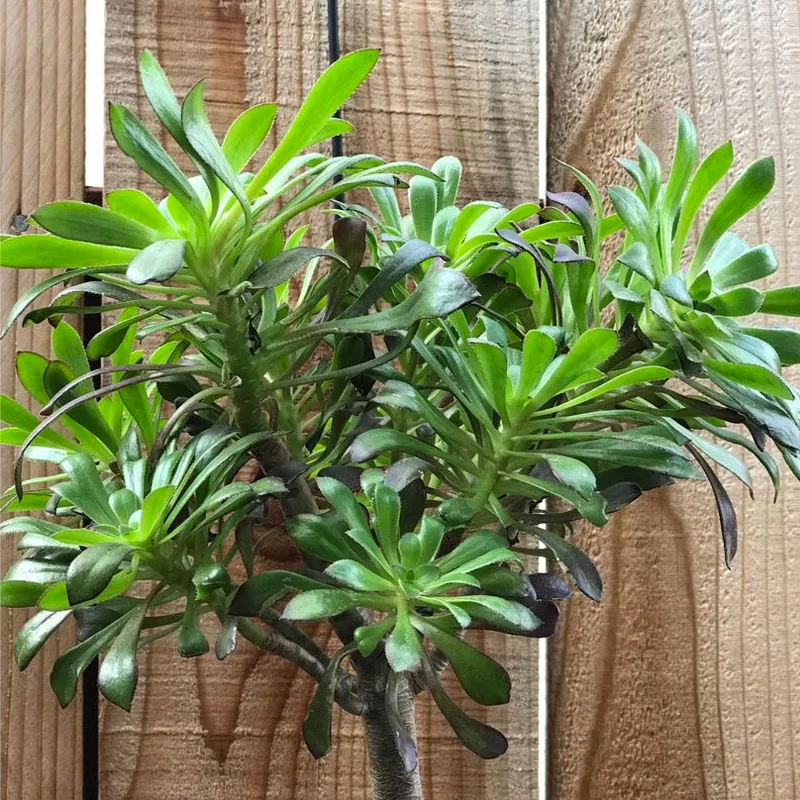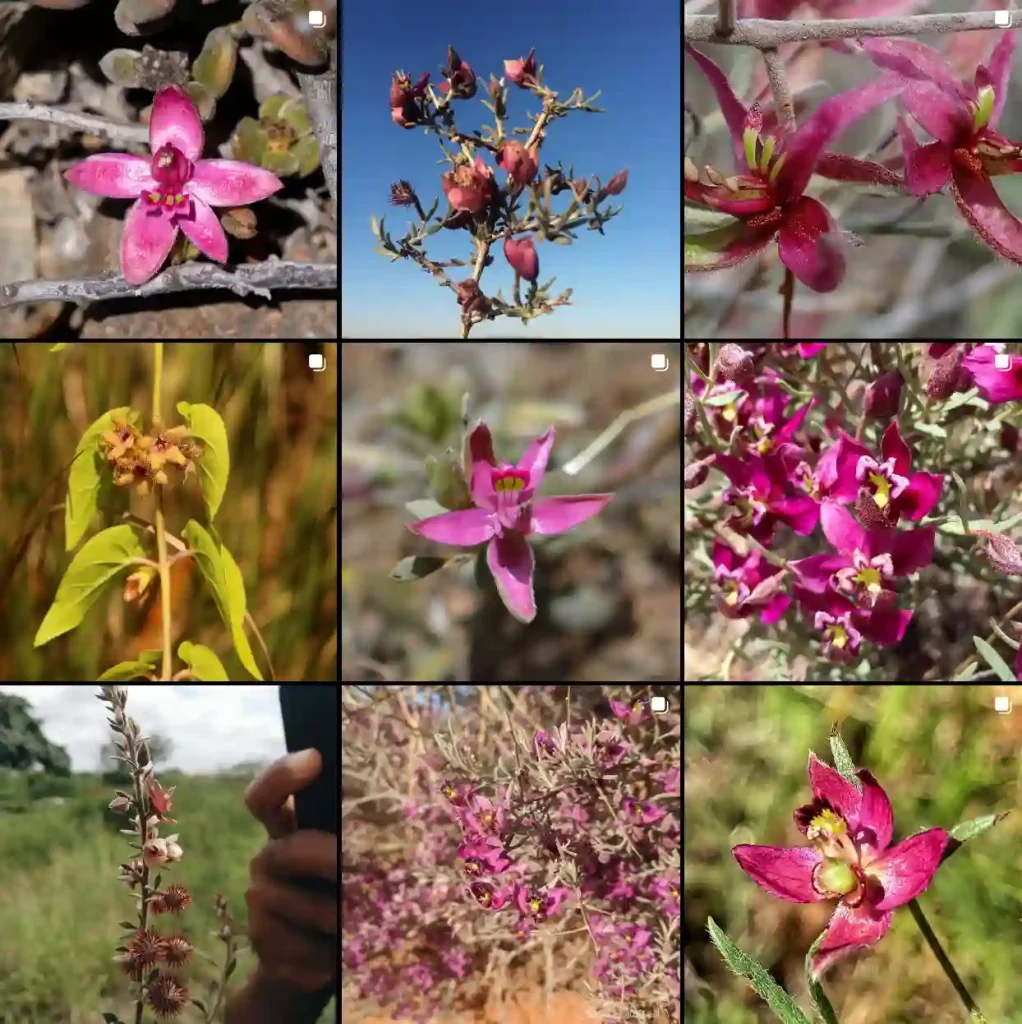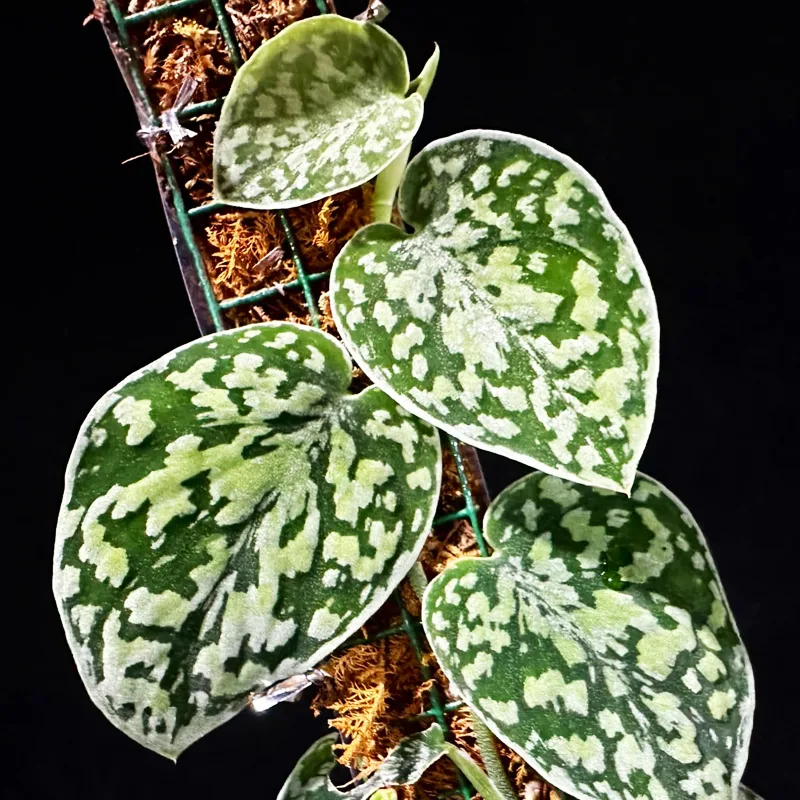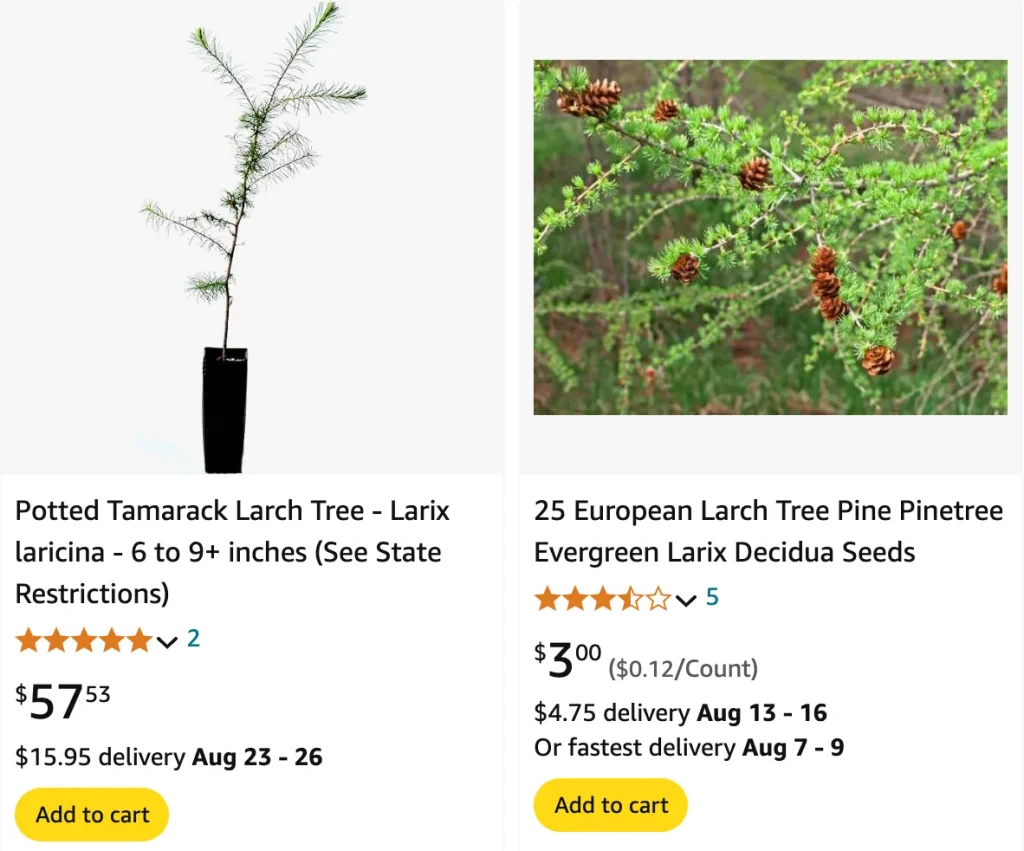
What Is a Larch Tree?
As a plant enthusiast and someone deeply fascinated by the intricacies of trees, I’ve always admired the adaptability and charm of the Larix genus, commonly known as larch tree. These deciduous conifers belong to the Pinaceae family, a rarity among their evergreen cousins, offer a unique perspective on resilience and seasonal beauty. Let me take you through my experiences and observations about these remarkable trees.
The Unique Characteristics of Larix
What sets Larix apart from other conifers is its deciduous nature. Unlike pines or firs that cling to their needles year-round, larches shed theirs in autumn. This transformation has always fascinated me—watching a larch shift from vibrant green needles in summer to a glowing golden hue in fall, only to become bare and starkly beautiful in winter.
Another remarkable trait is their resilience. Native to colder climates of the Northern Hemisphere, larches thrive in places where winters are harsh and soils are nutrient-poor. Their ability to survive such extremes speaks to their evolutionary ingenuity.
Larix species
- Larix × czekanowskii Szafer
- Larix decidua Mill.
- Larix gmelinii (Rupr.) Göpp.
- Larix griffithii Hook.f.
- Larix kaempferi (Lamb.) Carrière Plant FAQs: Larix Kaempferi – Japanese Larch
- Larix laricina (Du Roi) K.Koch Plant FAQs: Tamarack Tree – Larix Laricina
- Larix lyallii Parl.
- Larix mastersiana Rehder & E.H.Wilson
- Larix occidentalis Nutt.
- Larix potaninii Batalin
- Larix sibirica Ledeb.
Is a Larch Tree Deciduous or Coniferous?
The Larch Tree is both deciduous and coniferous. It falls into the conifer category because it bears cones, which are typical of conifers. However, unlike evergreen conifers, Larch Trees lose their needles in the autumn. This deciduous behavior is quite unusual for conifers and is a key feature that sets them apart.
Can You Top a Larch Tree?
Topping a Larch Tree, or any tree for that matter, is generally not recommended. Topping can lead to several issues, including a weakened tree structure and increased susceptibility to diseases. Instead of topping, consider regular pruning to maintain the tree’s shape and health. Proper pruning techniques help ensure the tree remains robust and aesthetically pleasing.
How Fast Does a Larch Tree Grow?
Larch Trees are relatively fast-growing compared to many other trees. On average, they can grow between 1 to 2 feet per year. This growth rate makes them a good choice for those looking to establish a tree quickly. However, the growth rate can vary depending on the specific variety of Larch Tree and the conditions in which it is planted.
How to Identify a Larch Tree?
Identifying a Larch Tree involves several key characteristics. Look for slender, soft needles that are grouped in clusters along the branches. In the fall, these needles turn a bright yellow before dropping. The tree also produces small cones, which are an important feature of conifers. Additionally, the bark of a Larch Tree is typically thin and scaly, adding to its distinctive appearance.
How to Train a Weeping Larch Tree?
Training a Weeping Larch Tree involves guiding its growth to achieve the desired shape. Start by selecting a young tree with a single central leader. As it grows, gently bend and secure the branches to encourage a cascading effect. Regular pruning can help maintain the weeping form and remove any unwanted growth. Patience is key, as it can take several years for the tree to develop its full weeping appearance.
When to Plant a Larch Tree?
The best time to plant a Larch Tree is in the spring or early fall. Planting during these seasons allows the tree to establish its roots before the more extreme temperatures of summer or winter. Make sure to choose a location with well-drained soil and adequate sunlight to support the tree’s growth.
Where Can I Buy a Larch Tree?
Larch Trees can be purchased from a variety of sources. Local nurseries and garden centers often carry them, especially in areas where Larches are native. Additionally, many online retailers specialize in tree sales and can deliver a Larch Tree directly to your home. When purchasing, ensure the tree is healthy and suited to your local climate.
Does a Larch Tree Have Cones?
Yes, Larch Trees produce cones. These cones are small and cylindrical, typically measuring about 1 to 2 inches in length. They are an important feature of the tree and help in identifying it as a conifer. The cones usually start out green and turn brown as they mature.
Where to See Larches in Washington?
In Washington, you can find Larches in the Cascade Range and the Okanogan-Wenatchee National Forest. During fall, the trails near these areas offer stunning views of Larches in their golden splendor. Popular spots include the Enchantments, Maple Pass Loop, and Ingalls Lake. These hikes provide a breathtaking autumn experience as the Larch needles turn golden and blanket the forest floor.
What is Larch Wood Used For?
Larch wood is highly valued for its durability, strength, and resistance to rot. It’s commonly used in construction, including for decking, cladding, and fencing. Additionally, Larch wood is a popular choice for making boat planking, telephone poles, and railroad ties due to its robust nature.
Where Do Larch Trees Grow?
Larch trees grow in the cooler climates of the Northern Hemisphere, particularly in regions like North America, Europe, and Asia. They thrive in mountainous areas with well-drained soil. In the United States, they are found predominantly in the northern states and higher elevations of the western mountains.
Do Larch Trees Lose Their Needles?
Yes, Larch trees lose their needles. Unlike most conifers, which are evergreen, Larches are deciduous. They shed their needles in the fall after turning a vibrant yellow. This seasonal change sets them apart from other coniferous trees.
Are Larch Trees Evergreen?
No, Larch trees are not evergreen. While they are conifers, they are also deciduous, meaning they lose their needles each fall. This trait is unusual among conifers and gives Larch trees a distinctive seasonal appearance.
Is a Larch Tree Deciduous or Coniferous?
A Larch tree is both deciduous and coniferous. It belongs to the conifer family because it produces cones, but it is also deciduous because it sheds its needles annually. This combination is rare and makes Larch trees particularly interesting.
Larch vs Tamarack
The distinction between Larch and Tamarack lies primarily in regional terminology. Tamarack refers specifically to the American Larch (Larix laricina), found in northern North America. Other species of Larch, such as the European Larch (Larix decidua) and the Siberian Larch (Larix sibirica), are not called Tamarack.
Larch vs Aspen
Larch and Aspen trees differ significantly. Larch trees are coniferous and deciduous, with needles that turn yellow in fall. Aspens are broadleaf deciduous trees with leaves that flutter in the breeze due to their flattened petioles. Aspens are known for their striking white bark and brilliant yellow fall foliage.
Larch vs Cedar
Larch and Cedar trees have distinct characteristics. Larches are deciduous conifers with soft, needle-like leaves that change color seasonally. Cedars, on the other hand, are evergreen conifers with scale-like leaves that remain green year-round. Both woods are valued for their durability, but Cedar is often preferred for its aromatic properties and natural insect resistance.
Larch vs Douglas Fir
Comparing Larch to Douglas Fir reveals some key differences. Larch trees lose their needles in the fall, while Douglas Firs are evergreen. Both are used in construction, but Douglas Fir is more common in framing and plywood, whereas Larch is prized for its water-resistant properties, making it suitable for outdoor and marine applications.
Larch vs Hemlock
Larch and Hemlock trees vary in their growth and characteristics. Larches are deciduous conifers with needles that turn yellow and drop in fall. Hemlocks are evergreen conifers with soft, flat needles that remain green throughout the year. Hemlock wood is softer and often used for pulp and paper, while Larch wood is harder and more durable.
Larch vs Pine
Larch trees differ from Pine trees primarily in their deciduous nature. While Pines are evergreen conifers with needles that stay green year-round, Larches shed their needles in the fall. Pine wood is widely used for furniture and construction, whereas Larch wood’s resistance to decay makes it ideal for outdoor use.
Larch vs Spruce
Larch and Spruce trees can be distinguished by their needles and growth habits. Larches have needles that turn yellow and fall off annually, while Spruces are evergreen with needles that remain year-round. Spruce wood is commonly used for paper production and musical instruments, while Larch wood is favored for its rot-resistant qualities.
How to Care for a Larch Tree?
Caring for a Larch tree involves ensuring it has plenty of sunlight and well-drained soil. These trees prefer cooler climates and need protection from extreme heat. Regular watering during dry periods and mulching can help retain soil moisture. Pruning is generally not necessary unless to remove dead or diseased branches.
How to Propagate a Larch Tree?
Propagating a Larch tree can be done through seeds or cuttings. Seeds should be collected in the fall and stratified over winter to break dormancy. Planting the seeds in spring in a sunny location with well-drained soil will yield the best results. Cuttings can be taken in late summer and rooted in a mix of sand and peat.
What to Plant with Larch Trees?
Larch trees pair well with other cool-climate species. Consider planting undergrowth such as ferns, hostas, and shade-tolerant shrubs like rhododendrons. These plants complement the Larch’s seasonal changes and thrive in similar conditions. Additionally, ground covers like moss and low-growing perennials can enhance the visual appeal of a Larch forest or garden setting.
By understanding the unique characteristics and care requirements of Larch trees, you can better appreciate their role in both natural and landscaped environments. Whether you’re observing their stunning fall colors in Washington or utilizing their durable wood, Larch trees offer a blend of beauty and functionality that few other species can match.

